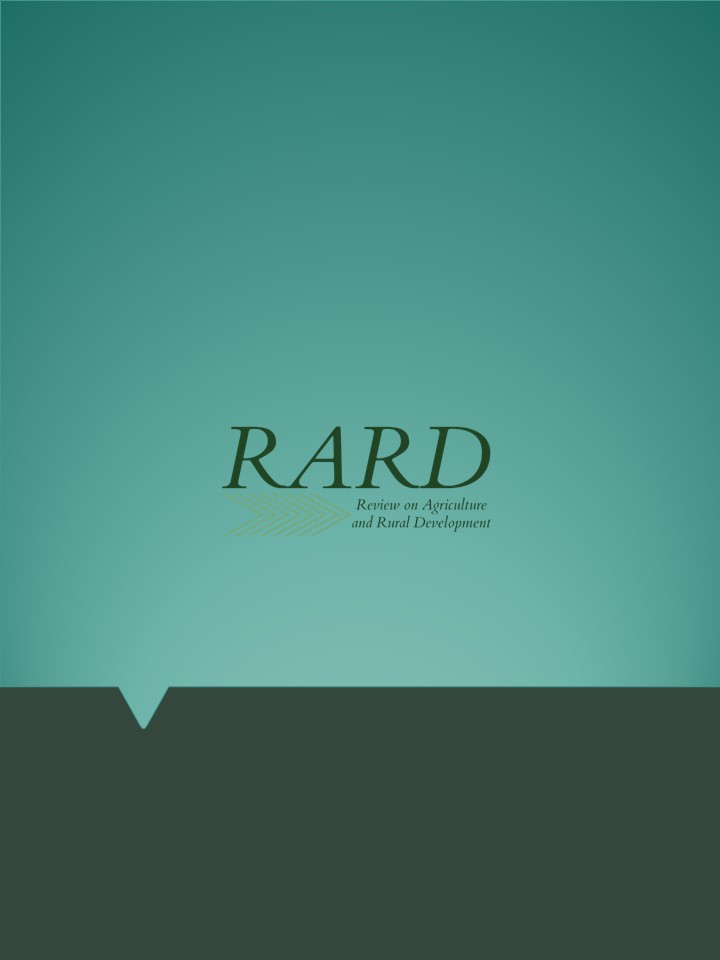The effect of toxic elements on the microanatomy of the leaves of the Salix alba L.
Main Article Content
Abstract
The effects of a heavy metal containing wastewater sediment on two cultivars of white willow were investigated in a pot experiment. Our aim was to examine the effect of toxic elements on the microanatomical parameters of the leaves of the tested plant. We examined the following parameters: stomatic density, stoma width and length, lamina thickness, adaxial and abaxial epidermis thickness, mesophyll thickness, palisad and spongy parenchyma thickness, main vein width and length. The experiment had the following results: with the presence of toxic elements, the thickness of the lamina increased, within this, there was a significant growth in the thickness of the spongy parenchyma. The width and the length of the main vein decreased, so did the extent of the xylem cavities. The extent of the collenchymal stock of the leaf venation increased. The number of stomas increased, but the size of the stomas decreased. As a result of toxic element contamination, the number of Ca-oxalate crystals increased within the leaf mesophyll.
Article Details
Funding data
-
European Regional Development Fund
Grant numbers GINOP 2.2.1-15-2017-0004
